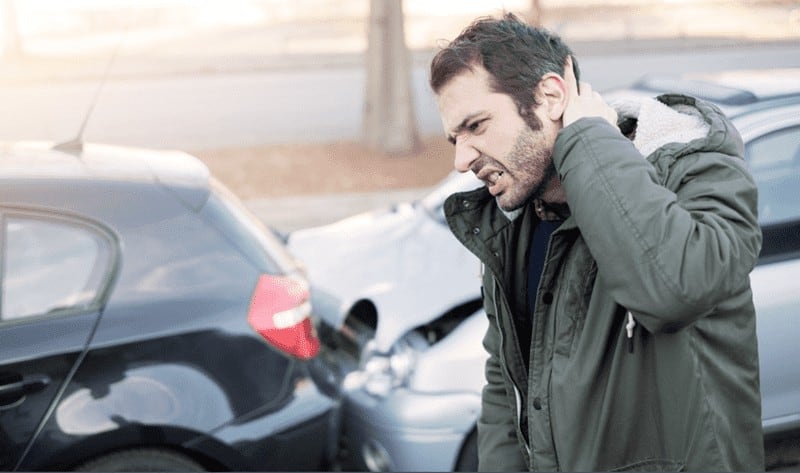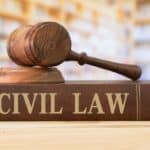Fourth Edition
The Fourth Edition of the Guidelines for the Assessment of General Damages in Personal Injury Cases in Northern Ireland (‘Green Book’) is now available in electronic format. You can view each document by clicking on the links below. Alternatively, to view the Green Book in its entirety you can download it:
Acknowledgement
The Judicial Studies Board for Northern Ireland gratefully acknowledges the work done by the Committee in producing these guidelines. The members of the Committee were: The Honourable Mr Justice Horner, His Honour Judge Smyth QC, His Honour Judge Grant (Recorder of Londonderry), His Honour Judge Devlin, District Judge Collins, Mr Dermot Fee QC, Mr Gerald McAlinden QC, Mr Brian Stewart of O’Reilly Stewart, Solicitors and Mr Gareth Jones of C&H Jefferson, Solicitors, under the chairmanship of The Right Honourable Lord Justice Girvan. The Honourable Mr Justice Gillen, Senior Queen’s Bench Judge, kindly acted as a consultant to the committee on this occasion.
Introduction to the Fourth Edition of the Green Book, by The Right Honourable Lord Justice MacDermott
This Commitee was set up by the Lord Chief Justice at the suggestion of the Judicial Studies Board for Northern Ireland. In March 1992 the first edition of the Guidelines for the Assessment of General Damages was published in England and the Board felt that it would be helpful to Practitioners and others concerned with the assessment of damages if a Northern Ireland edition were produced.
Our initial approach to our task was to question the wisdom of such a venture. The assessment of damages is not an exact science: it is not a mechanical process achieved by recourse to an analysis of allegedly comparable cases or reference to well known books such as Kemp and Kemp. A fair assessment is achieved by the Judge applying his training, experience and innate sense of fairness to the individual case which he is trying and which he will approach both sensibly and with sensitivity. There is a real argument that “guidelines” will become “norms” and that the existence of a book of this nature will depersonalise the assessment of damages. On reflection, however, we concluded for several reasons that there should be a Northern Ireland Guidelines Book.
Firstly, the level of damages in Northern Ireland is significantly higher than in England and Wales. As was pointed out by Lord Lowry in Simpson v Harland & Wolff [1988] NI 432 this variation is in large measure due to the fact that in Northern Ireland the assessment of damages was in the hands of juries until 1987.
Secondly, Practitioners when valuing cases and Judges when assessing damages have had regard to the 1987 level of damages adjusted to reflect inflation.
Thirdly, if there are no local guidelines there is a danger that the existing English Guidelines will be accepted as relevant by default. This would be both irrational and unjust.
That said, we would emphasise that this book must be used with caution and discretion. It must not be considered as a “ready-reckoner” which by reference will provide an instant valuation to every case. The suggested valuations are guidelines and will best be used as a check upon a tentative valuation reached after a careful consideration of how particular injuries affect a particular individual.
A meaningful valuation of general damages depends upon many variables such as age, sex, pre-accident health and so on. The guidelines in this book are often given as a wide bracket so that these variable features may be fitted in and they are also wide so that they may last for a number of years without being rendered unreal by the erosion of inflation.
We have followed the headings adopted in the original book with some minor variations. They are, however, somewhat rigid and do not reflect the frequent situation where injuries are multiple and their sequelae varied and at times overlapping.
Finally, we would repeat what we have already said: this book must be used cautiously and sensibly. The figures which we suggest are no more than guidelines and must always be treated as such and kept under regular review.
JOHN MACDERMOTT
25 October 1996






